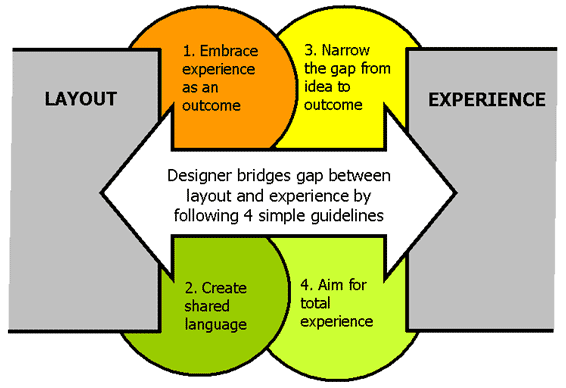Mood:
Topic: Corporate
(Comment: This is outright theft. Too bad, its too close to my own thinking to bother to change.)
The new mantra: lies are bad Robert Scoble's 21 things to remember when writing a corporate blog (the short version)
1. Tell the truth. If your competitor has a product that's better than yours, link to it. [People] will find it anyway.
2. Post fast on good news
and bad. Someone say something bad about your product? Link to it … and answer its claims as best you can. The trick to building trust is to show up!
3. Use a human voice. Don't get corporate PR professionals to cleanse your speech.
4. Make sure you support the latest software-web-human standards.
5. Have a thick skin. Even if you have Bill Gates's favorite product people will say bad things about it. That's part of the process.
6. Don't ignore slashdot [a non-corporate technology blog].
7. Talk to the grassroots first. People trust stories that have quotes from many sources. They don't trust press releases.
8. If you screw up, acknowledge it. Fast. Give a plan for how you'll unscrew things. Then deliver on the promises.
9. Underpromise and overdeliver. If you're going to ship on March 1, say you won't ship until March 15. Folks will start to trust you if you behave this way.
10. If Doc Searls [US techno journalist and blogger] says it or writes it, believe it.
11. Know the information gatekeepers. If you can't call on those who know during a crisis, you shouldn't try to keep a corporate weblog.
12. Never change the URL of your weblog.
13. If your life is in turmoil and/or you're unhappy, don't write. When I was going through my divorce it affected my writing in subtle ways.
14. If you don't have the answers, say so. But, get them and exceed expectations.
15. Never lie. You'll get caught and lose credibility that you'll never get back.
16. Never hide information.
17. If you have information that might get you in a lawsuit, see a lawyer before posting, but do it fast. Speed is key here. Your competitors will figure it out and outmanoeuvre you.
18. Link to your competitors and say nice things about them.
19. BOGU, or "Bend Over and Grease Up". I believe the term originated at Microsoft. It means that when a big fish comes over (such as IBM or Bill Gates) you do whatever you have to do to keep him happy.
20. Be the authority on your product-company.
21. Know who's talking about you.
Posted by amoranthus
at 3:26 AM NZT



